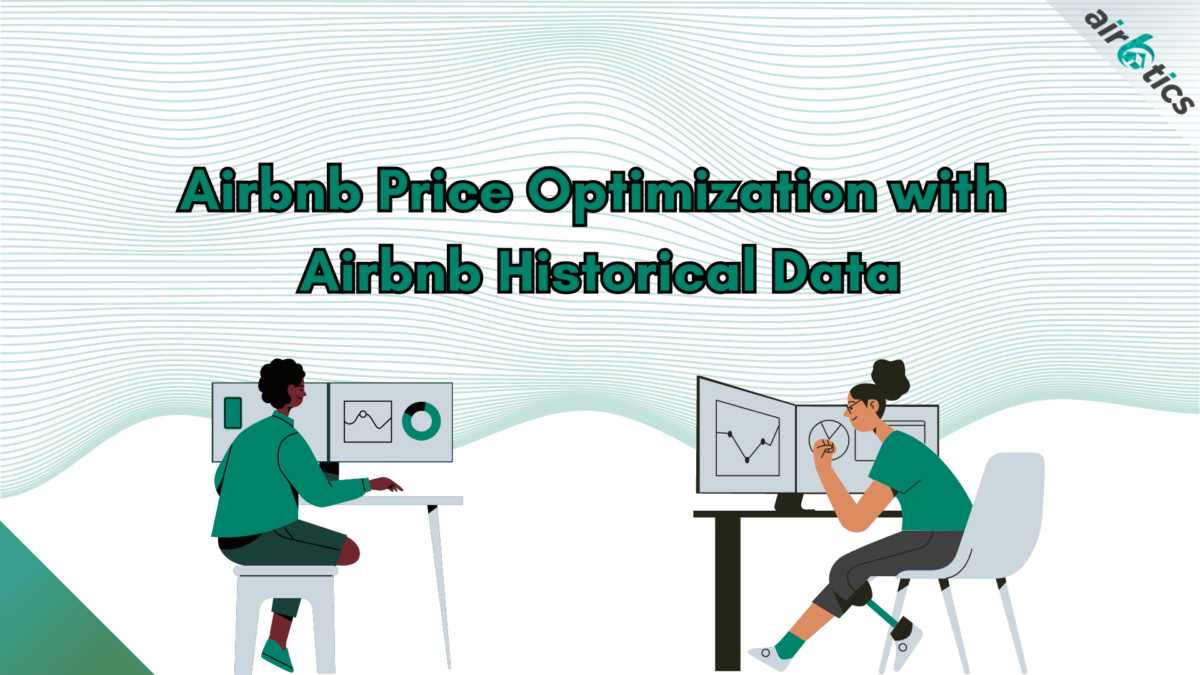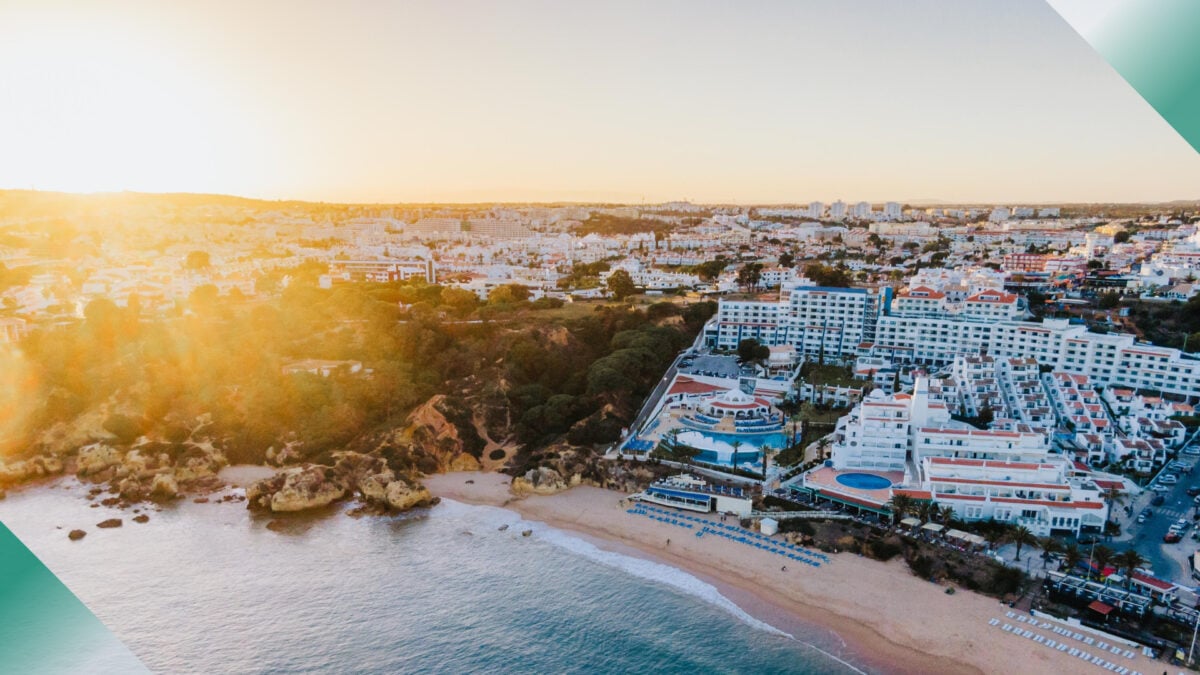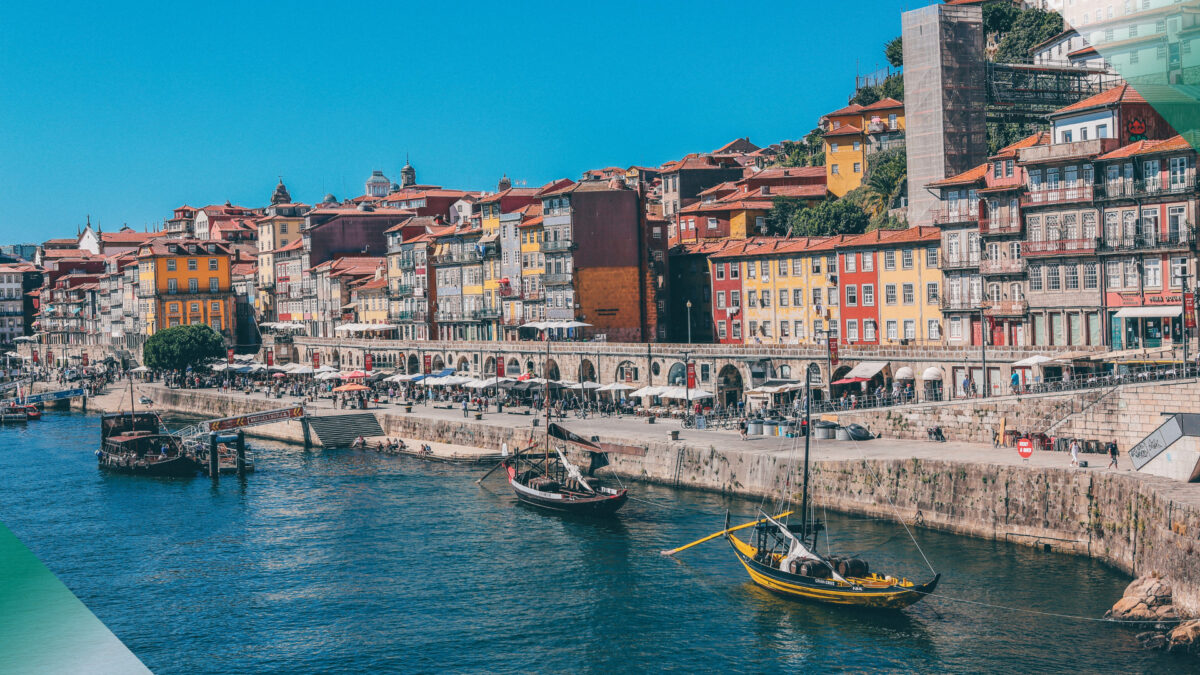Airbnb Price Optimization Key Takeaways By analyzing your Airbnb average daily rate and occupancy rate, you can calculate your RevPAR and use it to make informed pricing decisions. Utilizing short-term rental analytics with granular data and understanding market demand can help you adjust your prices in real-time and stay competitive in your area. Introduction Are […]






